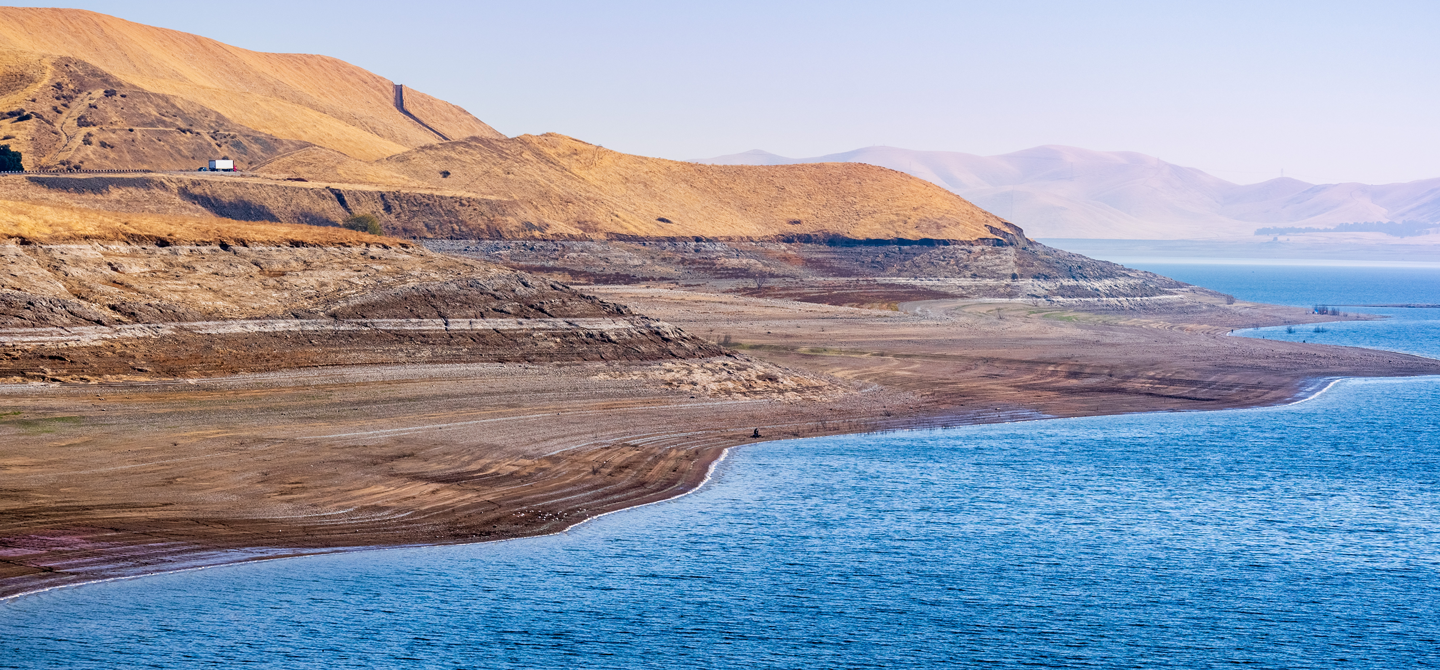The state is on its way. During the recent drought, California passed its first statewide regulation of groundwater use, the Sustainable Groundwater Management Act, which requires groups of local water users to form sustainable groundwater agencies that then decide what level of groundwater use is sustainable for their region.
Many agencies plan to rely on an increasingly popular method of managing groundwater by putting water back underground. Most aquifers gradually refill from rain that percolates through the soil, but people can supplement that recharge through direct injection or spreading water on the ground surface and letting it seep in.
"We need to figure out a way to sustain that economic prowess without further damaging the environment and while making it more equitable. And we’ll have to do all that as climate change makes the water supply even more variable and even harder to manage.” - Nicola Ulibarri
“The idea is that if you have a really dry year, there’s not much surface water available, so you turn to groundwater. And then in wet years, you can deliberately let some of the surface water go back into the ground,” Ulibarri says.
Even though climate change will make wet years wetter and dry years drier – demanding more active planning and management – few water agencies in California’s water-strapped, agriculture-heavy Central Valley are accounting for the effects of climate change, she has found in her research.
“They’re really not doing a good job thinking about how those more extreme events or the shift from snowfall to rainfall is going to be shaping their availability of water,” Ulibarri says.
She believes California could implement a few changes to start to make a healthier, more sustainable water system. Water rights could be reformed to incentivize efficiency and conservation. Infrastructure could be upgraded to accommodate nature – for example, by “rewilding” some rivers and expanding natural flood plains to absorb high flows and provide habitat for wildlife. And the state could more stringently enforce requirements that local water agencies plan for climate change.
“We as a state are a desert. So the fact that we’ve managed to become the No. 1 agricultural producer in the United States and one of the largest economies in the world is quite impressive,” Ulibarri says. “The challenge is that that economic progress has come with a lot of environmental damage. We need to figure out a way to sustain that economic prowess without further damaging the environment and while making it more equitable. And we’ll have to do all that as climate change makes the water supply even more variable and even harder to manage.”
– Aaron Orlowski, UCI

